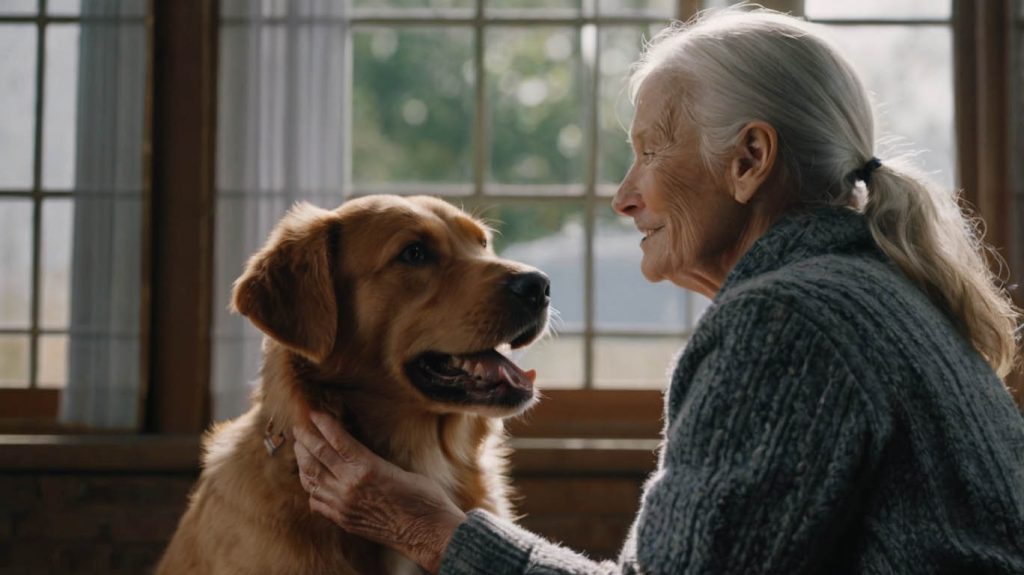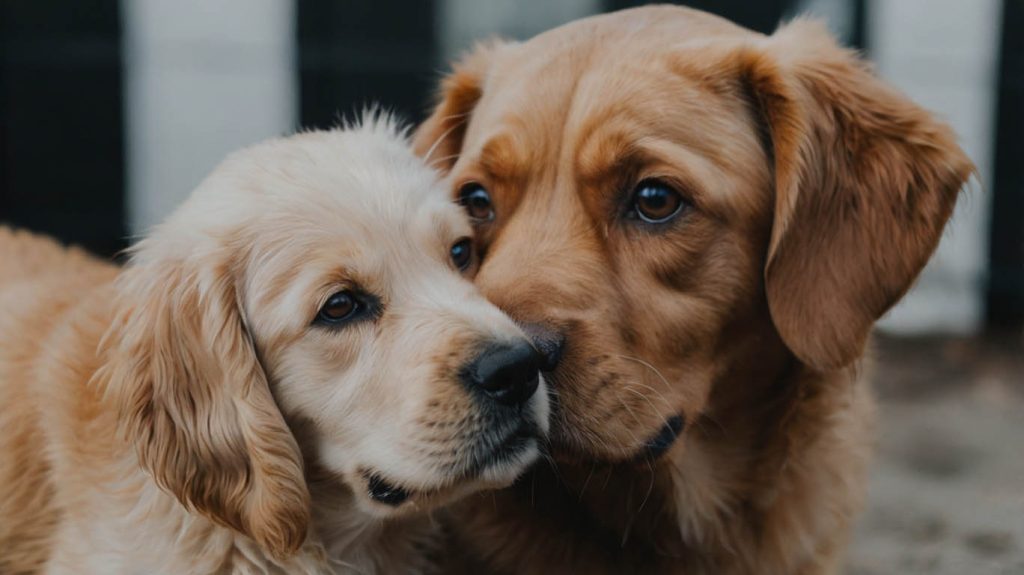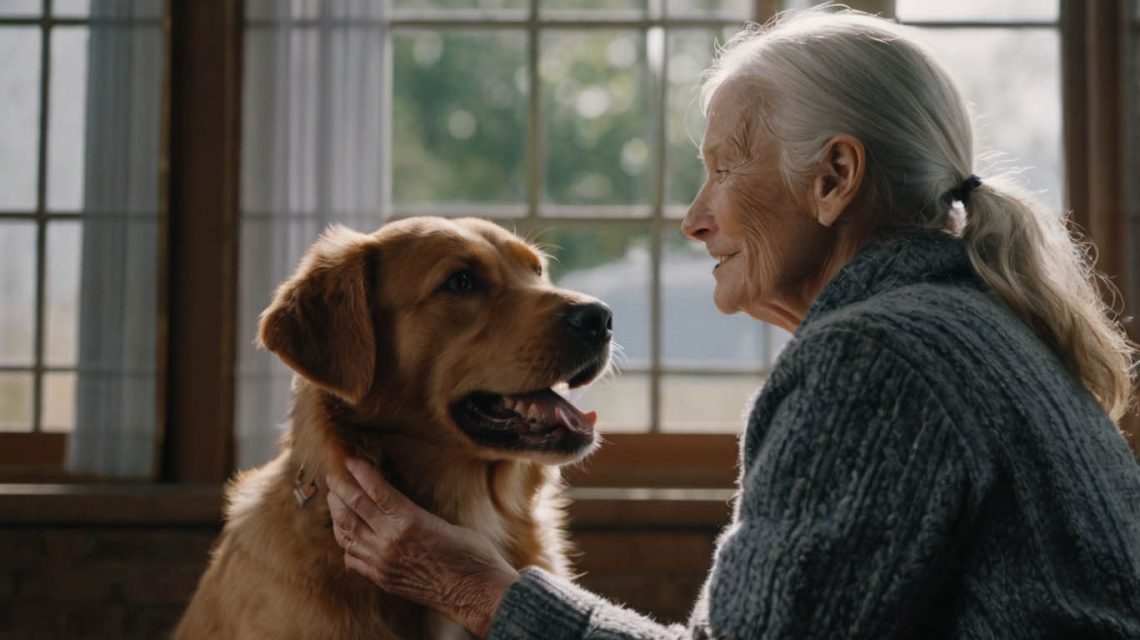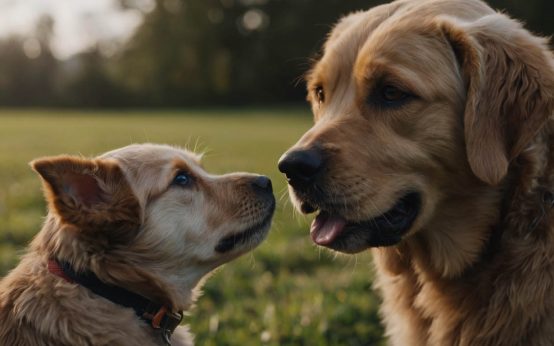How to Introduce a Puppy to an Older Dog: The Ultimate Guide for a Peaceful Home
The day had finally come. Sarah stood at her front door, a fluffy, eight-week-old Golden Retriever puppy named Leo wiggling in her arms. Inside, her beloved 7-year-old rescue dog, Max, waited patiently, completely unaware his world was about to be turned upside down. Sarah’s heart was a mix of excitement and deep anxiety. She desperately wanted them to be best friends, but she had heard horror stories of introductions gone wrong. She felt a wave of uncertainty, asking herself the crucial question: what is the best way how to introduce a puppy to an older dog?
Sarah’s situation is one that many hopeful dog owners face. The dream is a harmonious, multi-dog household. However, the reality is that a bad first impression can lead to a lifetime of conflict, stress, and behavioral issues.
Consequently, this definitive guide is designed to be your step-by-step roadmap to success. We will walk you through a proven, positive-reinforcement-based method that prioritizes the comfort and safety of both dogs. Therefore, you can move from a state of worry to one of confident, calm leadership, setting your dogs up for a beautiful friendship.
The Golden Rule: Preparation is Everything
Before the puppy even comes home, your work begins. The success of the introduction hinges on proactive preparation, not a reactive scramble. A calm, well-managed environment is essential.

Step 1: Create Separate, Safe Spaces
This is non-negotiable. Your puppy and your older dog must have their own separate, secure spaces where they can eat, sleep, and decompress without being bothered by the other.
- For the Puppy: A crate or a playpen in a common area is perfect. This will be their “den.”
- For the Older Dog: Ensure their favorite bed, food bowl, and toys are in a place where the puppy cannot access them. Your older dog’s sanctuary must be protected.
Step 2: Scent Swapping Before the Meeting
Dogs communicate primarily through scent. You can start the introduction process days before they ever see each other.
- How to do it: Take a blanket or toy that the puppy has slept with and place it in your older dog’s area. Simultaneously, take a blanket from your older dog’s bed and put it in the puppy’s crate or travel carrier. This allows them to get used to each other’s scent in a non-threatening way, making the first face-to-face meeting less of a shock. This is a critical first step in how to introduce a puppy to an older dog.
The First Meeting: How to Introduce a Puppy to an Older Dog Safely
The first physical meeting is the most critical moment. It must be carefully orchestrated to be as positive and neutral as possible.
Step 3: Choose Neutral Territory for the First Introduction
Do not bring the puppy into your home and just put them on the floor. This forces your older dog to confront an “invader” on their home turf, which can immediately trigger territorial behavior.
- The Right Way: The first meeting should happen in a neutral location where neither dog feels territorial. This could be a quiet park, a neighbor’s fenced yard, or even a quiet sidewalk down the street.
Step 4: The Parallel Walk
This is the gold standard method recommended by trainers and behaviorists for how to introduce a puppy to an older dog.
- You Need Two People: Each person is responsible for one dog. Both dogs should be on separate leashes.
- Start at a Distance: Begin by walking the dogs parallel to each other on opposite sides of the street or path, keeping a significant distance between them.
- Keep it Moving and Positive: Walk in the same direction, keeping the leashes loose and your energy calm and positive. The goal is for them to become aware of each other’s presence without direct, confrontational interaction.
- Gradually Decrease the Distance: After several minutes, if both dogs are calm (not lunging, barking, or showing signs of stress), you can cross the street and continue walking, but still with several feet between them.
- The “Sniff Test”: After a successful parallel walk (10-15 minutes), find a quiet spot. Allow the dogs to approach and sniff each other for just a few seconds (a “three-second rule” is a good guideline). Keep the leashes loose but be ready to calmly pull them away. End on a positive note before either dog gets overstimulated.

Bringing the Puppy Home: Managing the First Few Weeks
The introduction process doesn’t end after the first meeting. The first few weeks at home are all about careful management and building positive associations.
Step 5: Separate, Supervised Interactions Only
For the first week or two, your dogs should not have free-roaming access to each other. All interactions should be short, positive, and heavily supervised.
- Use Crates and Baby Gates: Use these tools to keep the dogs separated when you cannot actively watch them. This prevents the puppy from constantly harassing the older dog and allows your older dog to relax. This management is a crucial part of how to introduce a puppy to an older dog for long-term success.
Step 6: Protect Your Older Dog’s Resources
Your resident dog was there first. You must advocate for them and protect their valued resources to prevent “resource guarding” from developing.
- Feed Separately: Always feed your dogs in separate rooms or in their crates. Pick up the bowls when they are done.
- Manage High-Value Toys: Do not leave high-value items like bones or favorite chew toys lying around. These should be given to the dogs when they are separated.
Reading Dog Body Language: Your Key to Success
Knowing how to introduce a puppy to an older dog is as much about reading their signals as it is about following steps.
Positive Signs to Look For:
- A relaxed body posture
- A gentle, wagging tail
- A “play bow” (front end down, back end up)
- Taking turns sniffing each other calmly
Warning Signs (Stress Signals) to Watch For:
If you see these signs in your older dog, it’s time to give them a break.
- A stiff, frozen body
- A low growl or snarl
- Lip curling to show teeth
- A tucked tail
- “Whale eye” (showing the whites of their eyes)
- Trying to move away or hide
A Case Study Resolved: How Sarah, Leo, and Max Became a Family
Let’s return to Sarah. Before bringing Leo home, she spent two days scent swapping. For the first meeting, she enlisted a friend’s help and they met at a nearby park. They did a 15-minute parallel walk, and Max and Leo seemed calm and curious.
Back home, she used a baby gate to keep the living room as “Max’s zone” and set up Leo’s playpen in the kitchen. She let them have short, 5-10 minute supervised play sessions several times a day, always ending on a positive note. She fed them in separate rooms and made sure Max could enjoy his favorite chew bone in peace.
It wasn’t an instant friendship. Max was often aloof, and Leo was a pestering puppy. But Sarah was patient. She advocated for Max, managed Leo’s puppy energy, and praised every calm interaction. After a month of this careful management, she came home one day to find Max and Leo snuggled up together on the dog bed. Her heart swelled. She had successfully learned how to introduce a puppy to an older dog.
The Final Verdict: Patience and Management Are Your Best Friends
Introducing a new puppy to an established older dog is a delicate process that requires patience, preparation, and proactive management. By following these steps—starting with scent swapping, using a neutral territory introduction, and carefully managing their first weeks together—you can create a foundation of respect and trust.
Your effort in these first few weeks will set the tone for your dogs’ entire relationship. Take it slow, stay positive, and advocate for both dogs. What are your biggest questions about introducing a new puppy? Share them in the comments below!



 How to Introduce a Puppy to an Older Dog: Guide
How to Introduce a Puppy to an Older Dog: Guide